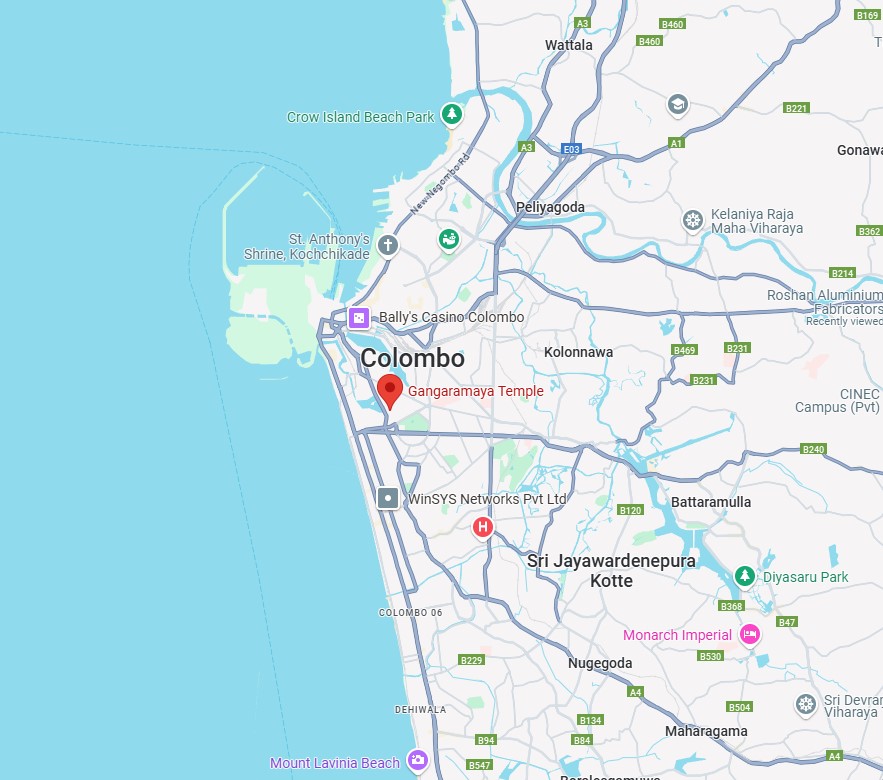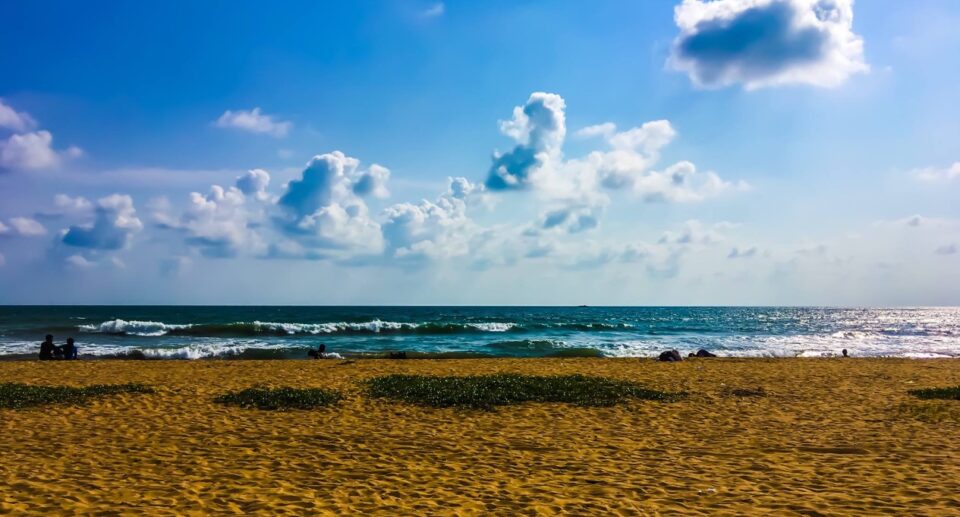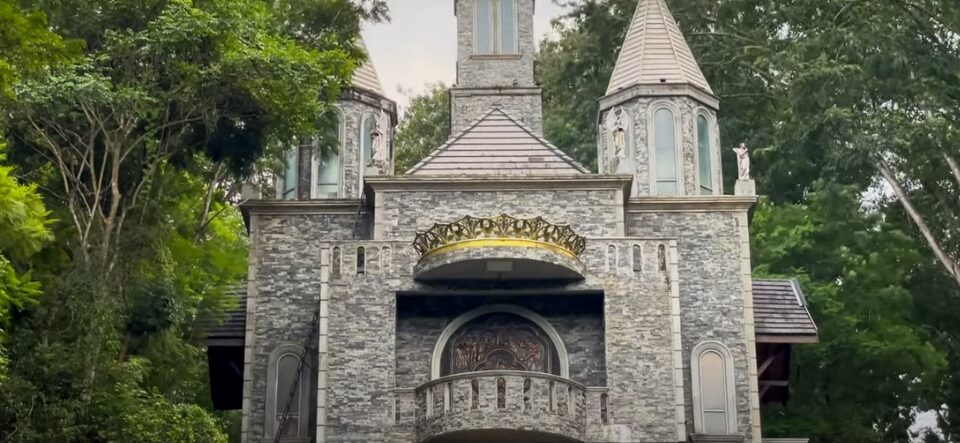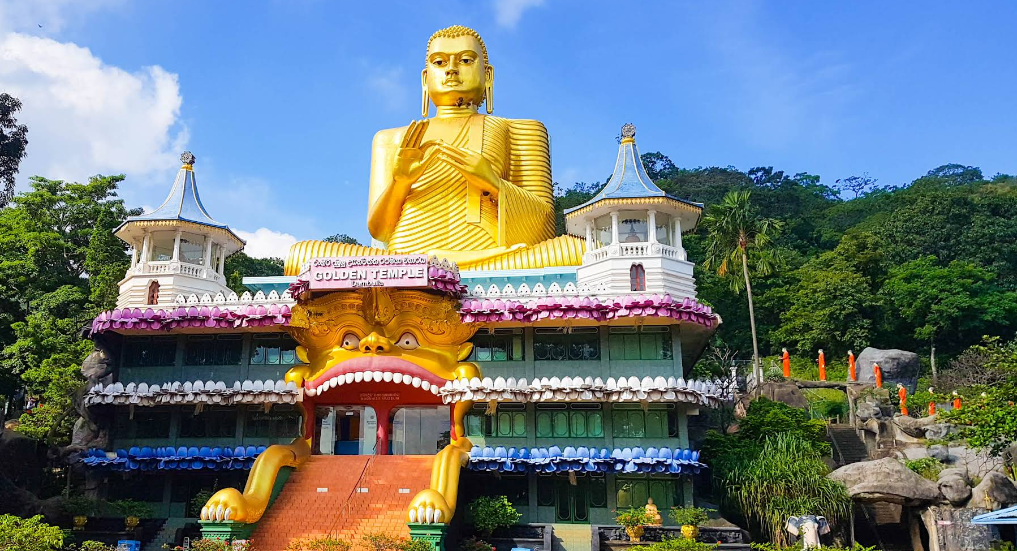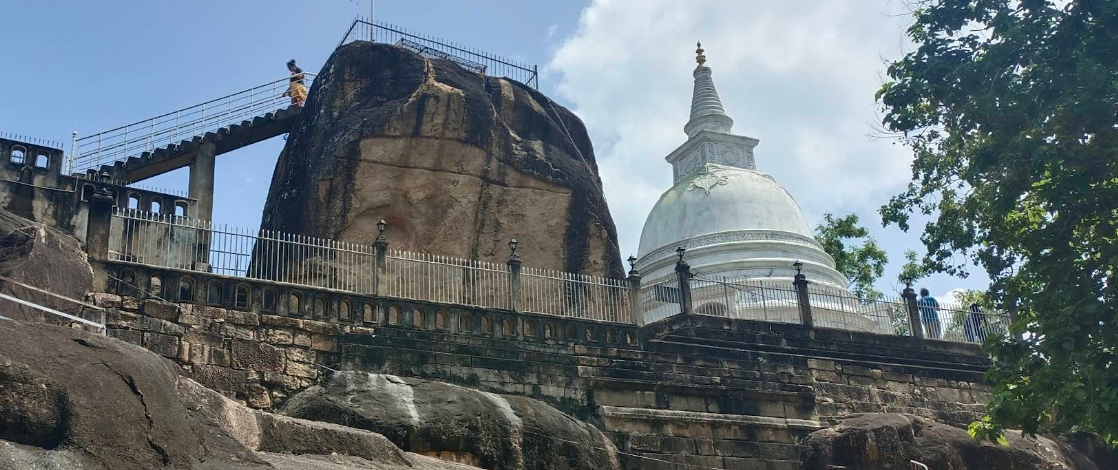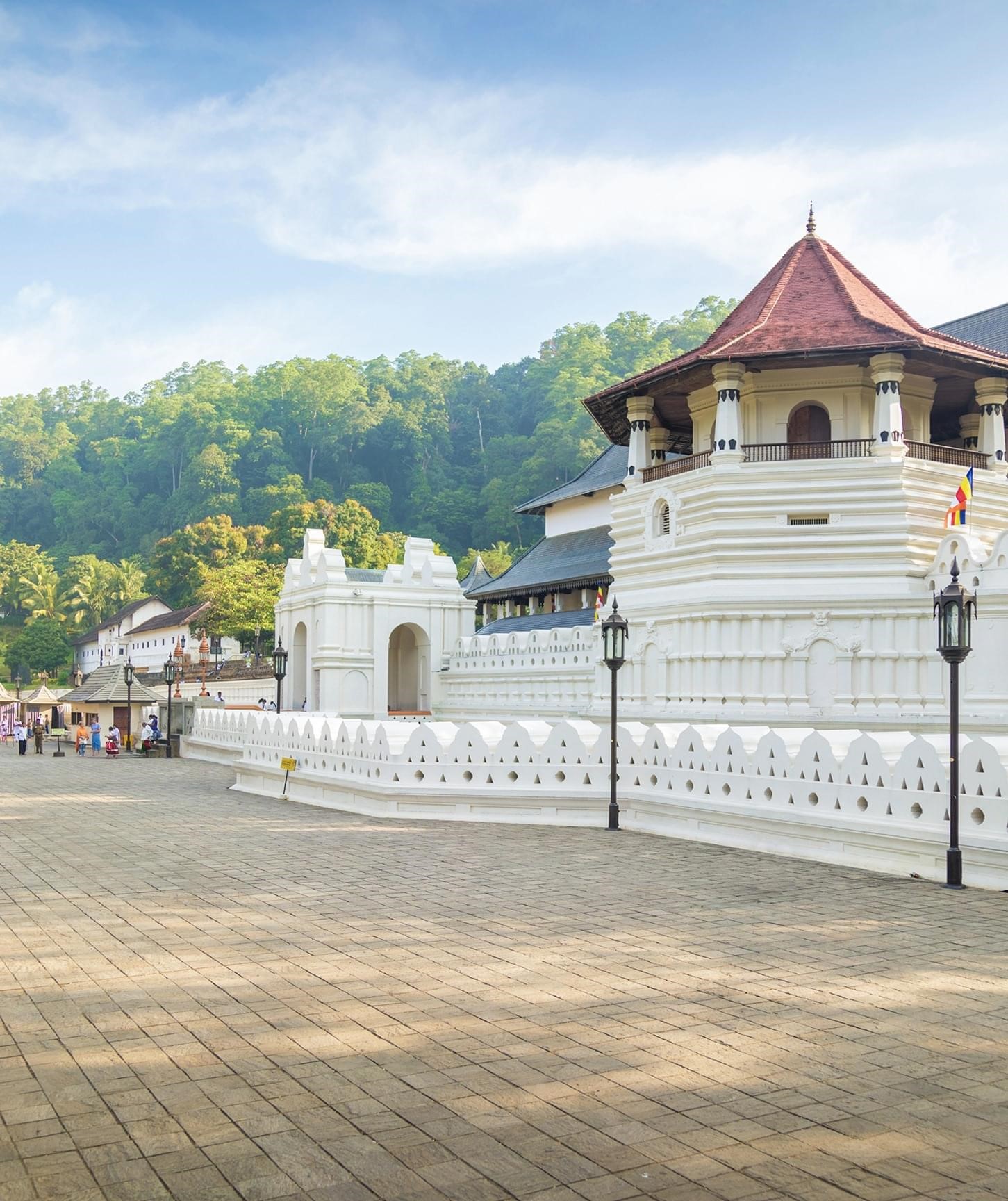Gangaramaya Temple, Colombo: A Spiritual and Cultural Landmark
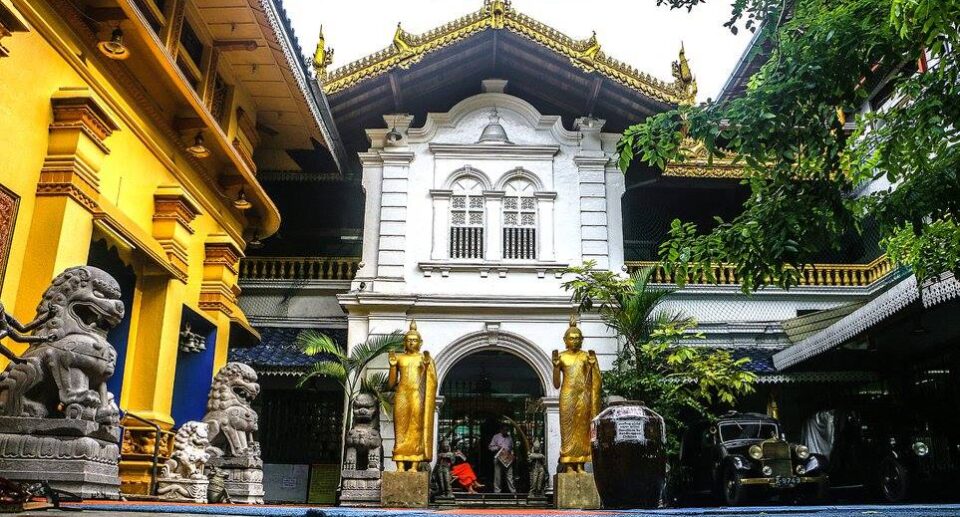
Gangaramaya Temple is the country’s most significant and revered Buddhist temple. It is not merely a religious shrine but a beacon of Sri Lanka’s historicity, heritage, and religious tradition. Established during the 19th century, Gangaramaya is renowned for its unique incorporation of traditional Buddhist architecture, modern facilities, and its significance in Sri Lankan society. It is one of the temples that is thronged by thousands of pilgrims and tourists, providing them with an experience of Sri Lanka’s religious and cultural diversity. This essay examines the history, architecture, cultural significance, and general importance of Gangaramaya Temple from the point of view of Sri Lankan Buddhism.
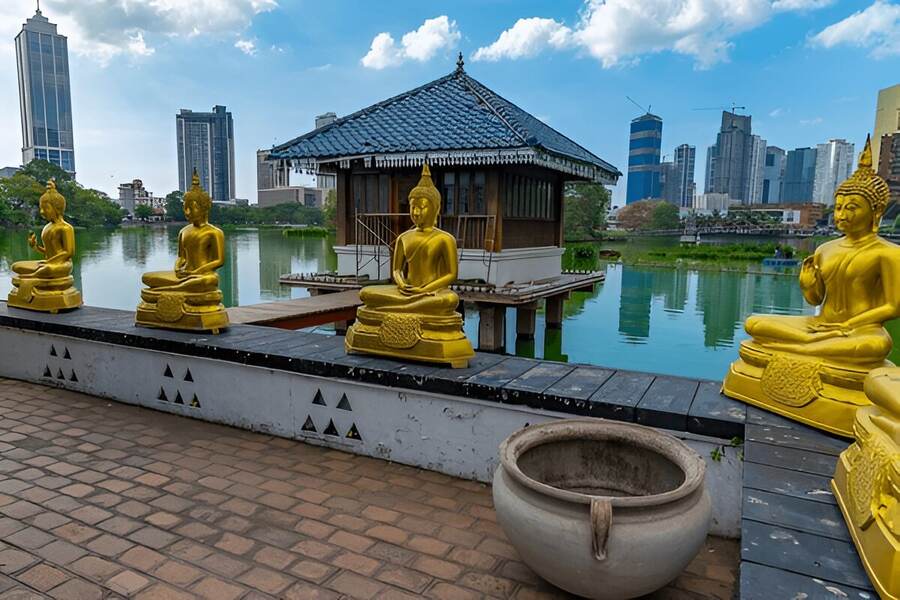
Historical Background
The history of Gangaramaya Temple dates back to the early 19th century. It was founded by Venerable Hikkaduwe Sri Sumangala Thera, a prominent Buddhist monk, during the reign of King Sri Vikrama Rajasinghe. Originally, the temple was a small structure located near the banks of Beira Lake, a significant feature in Colombo. The founder intended to create a place for both meditation and education, bringing together religious practice and community development.

In the early days, Gangaramaya was merely a seat of learning, wherein monks studied Buddhist scriptures and teachings of the Buddha. The temple later became a center for maintaining and disseminating Buddhist culture. The temple developed in size through the years and became more prominent and significant spiritually and architecturally. Gangaramaya is renowned today not just as a site of religious purpose but also due to its humanitarian purposes, cultural conservation, and serving society.
Architectural Significance
One of the most distinctive aspects of Gangaramaya Temple is its eclectic architectural style, which combines traditional Sinhalese, Sri Lankan, Thai, Indian, and Chinese influences. This cosmopolitan combination of architectural features is a testament to the temple’s status as a cultural center that defies national and religious boundaries. The temple grounds consist of various buildings, such as shrines, a museum, a library, and residential areas for the monks.
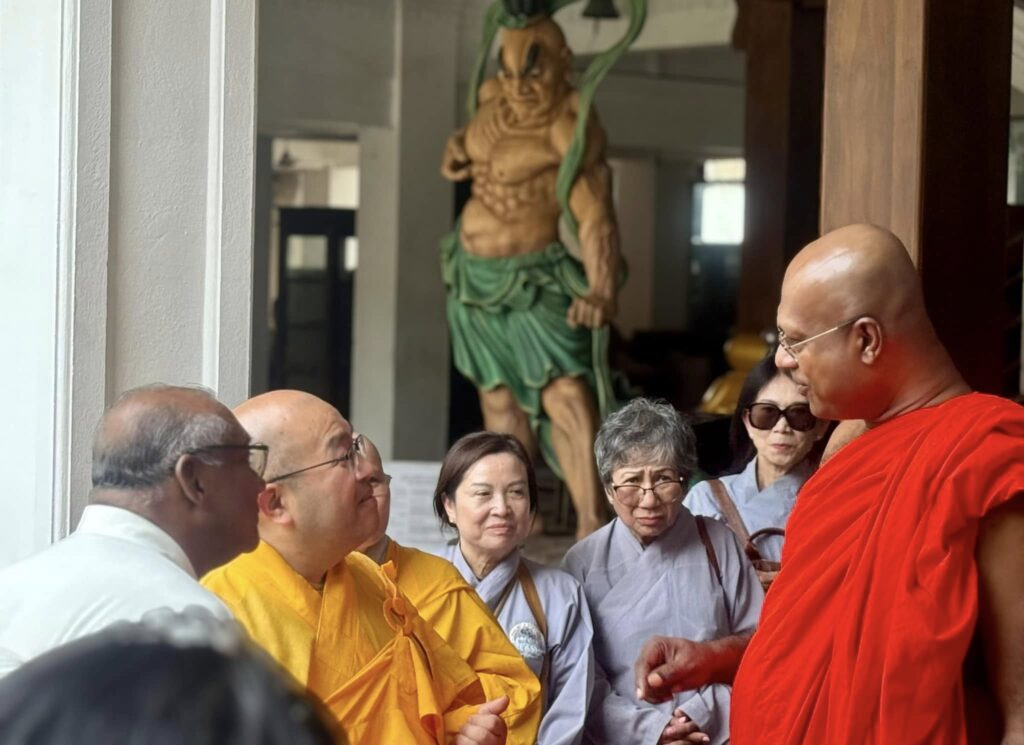
The main temple is an awe-inspiring structure with intricate carvings, vibrant paintings, and golden Buddha statues. Tourists are struck from the moment they set eyes on the large Sakyamuni Buddha statue located in the temple hall, flanked by smaller statues and offerings from believers. The multi-level architecture of the temple, pagoda-style structures, and Buddhist deity statues are impressive features.
One of the most fascinating architectural features of the temple is the Simamalaka, a hall that rests on the Beira Lake itself. The structure is accessed from the mainland via a short bridge and is used for meditation, religious ceremonies, and rituals. The lake location offers a sense of peace and tranquility and is a preferred site for prayer and contemplation.
The Vihara temple compound also includes multiple meditation halls in which monks as well as laity practice Buddhist meditation and awareness. The ground of Gangaramaya has charming gardens and quiet water bodies in which devotees and visitors both find a quiet environment.

Cultural and Religious Importance
Gangaramaya Temple is an integral part of the religious life and culture in Colombo and Sri Lanka. It is one of the major centers of Sri Lankan Buddhism, not only a place of worship but a center of learning and outreach as well.
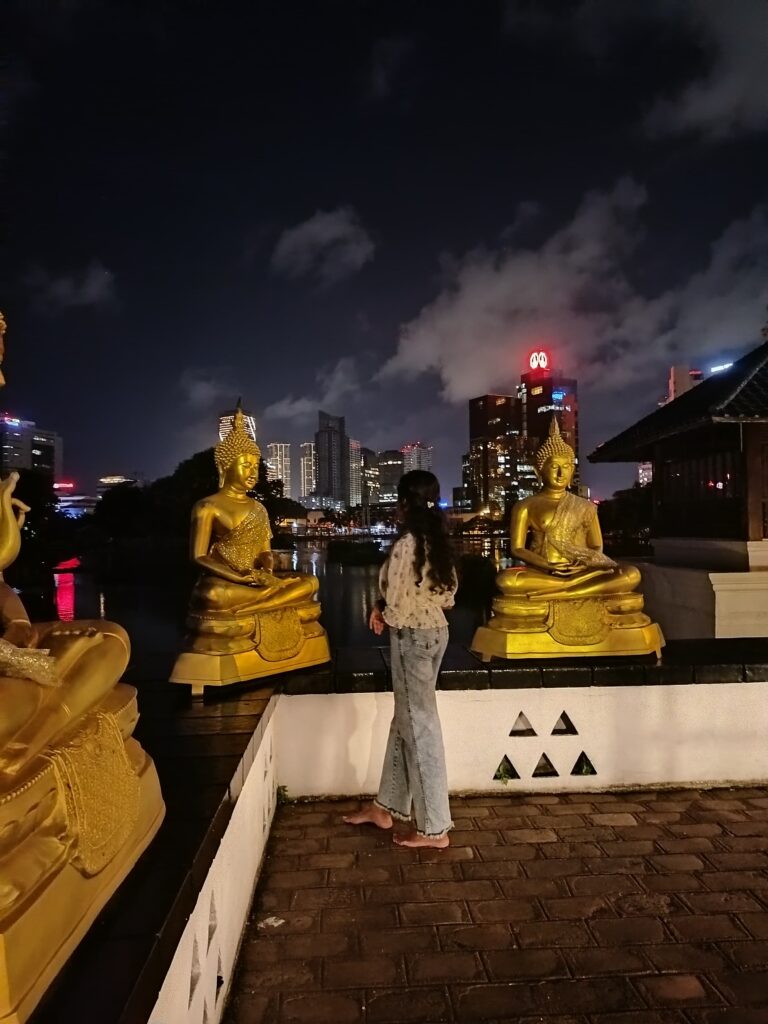
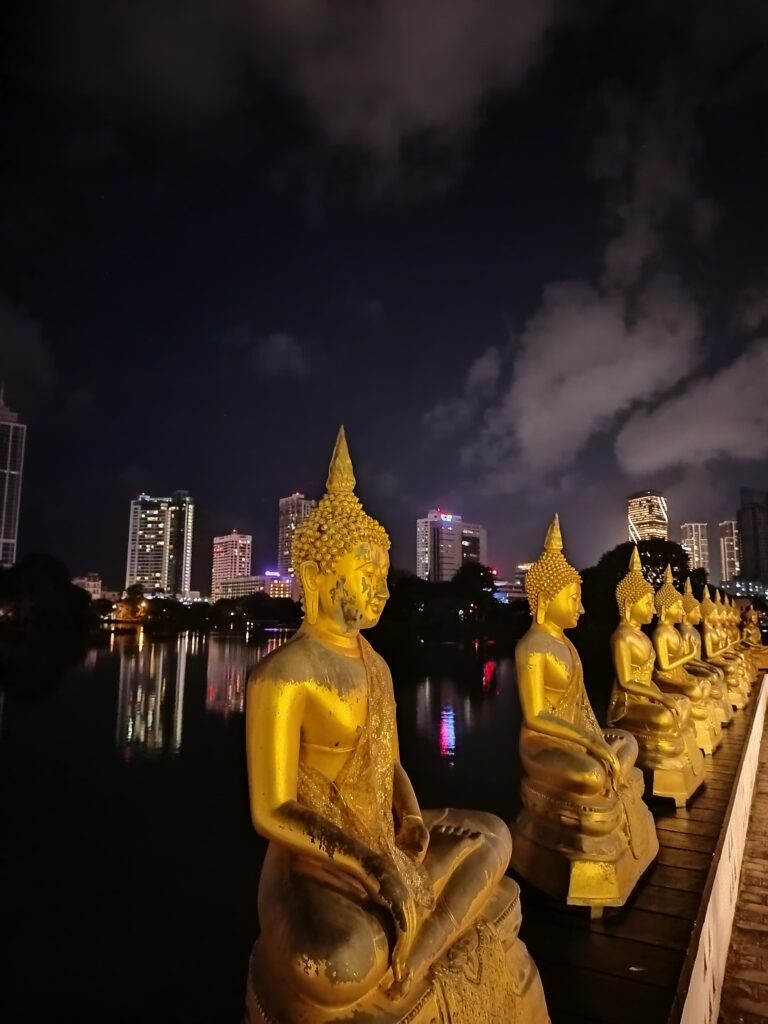
Buddhist Teachings and Meditation: The temple provides layperson and monk education and courses in meditation. The Theravada Buddhist school has been based here, with facilities for Buddhist philosophy and scriptures study by laymen and monks. The temple library houses an enormous collection of ancient Buddhist manuscripts and texts, the majority of which are invaluable historical documents.
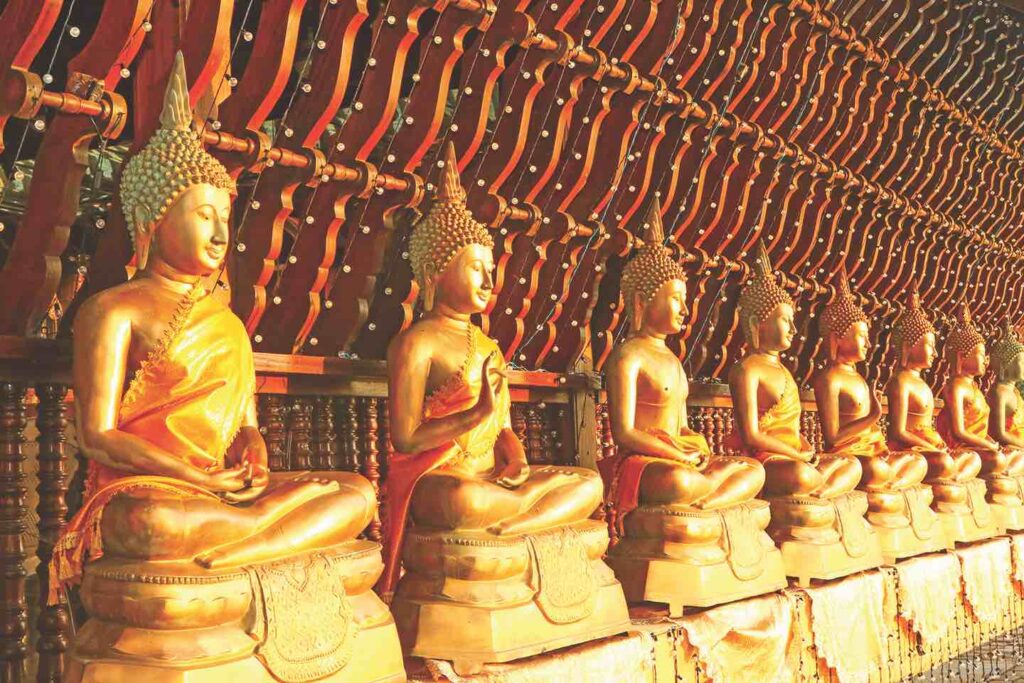
Religious Festivals and Rituals: Gangaramaya is renowned for celebrating a large number of Buddhist rituals and festivals throughout the year. The most prominent among these is the Vesak Festival, celebrated to mark the birth, enlightenment, and death of the Buddha. During Vesak, the temple is the focal point of Colombo’s festive activities, with thousands of devotees participating in prayers, processions, and rituals. Poson and Esala Perahera, two other major Sri Lankan Buddhist festivities, also take place within the temple.
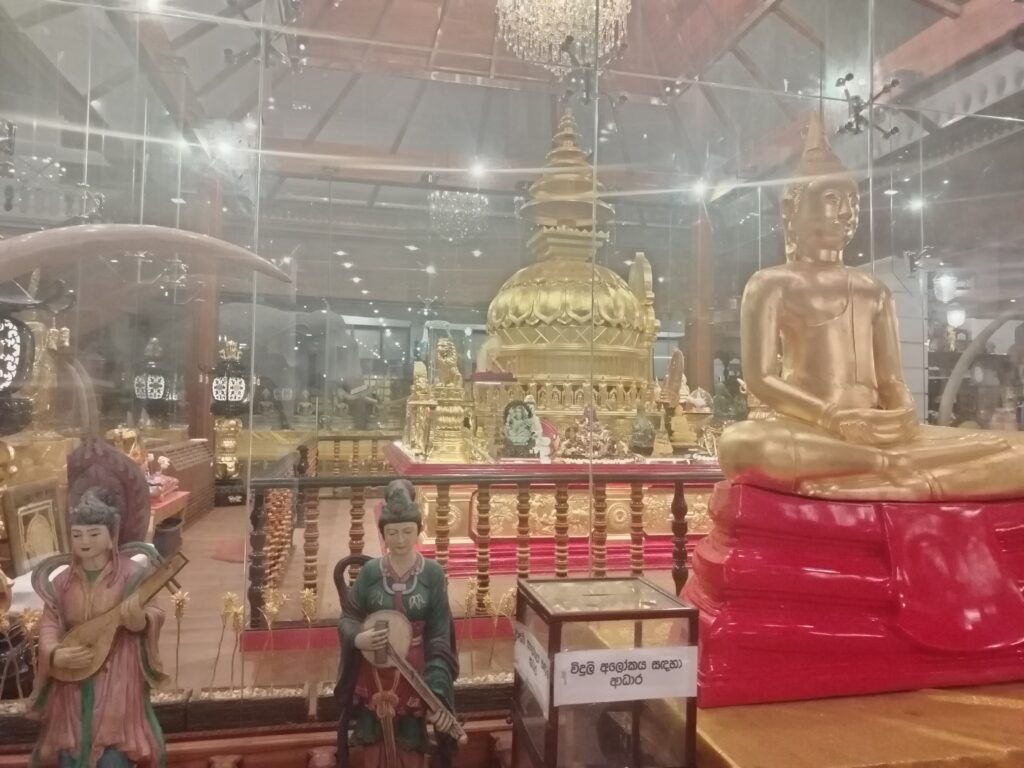
Philanthropy and Social Service: Gangaramaya Temple has been involved in philanthropic work for decades, contributing to the welfare of society. The temple founder Venerable Hikkaduwe Sri Sumangala Thera believed in taking up social service in addition to spirituality. The temple is still providing support to different welfare programs today, like providing food, education, and medical assistance to poor societies. Many programs for bringing a transformation in the life of marginalized individuals are also carried out by the Charitable Trust of the temple.
Museum and Artifacts
The single most notable feature of the Gangaramaya Temple is the museum, whose superb collection of artifacts such as old statues, paintings, and religious objects takes a visitor close to the past history of Sri Lanka’s culture and religion. The museum features among its key highlights ancient Buddha statues of varying eras of the history of Sri Lanka ranging from carvings executed on stone and statues made of bronze.
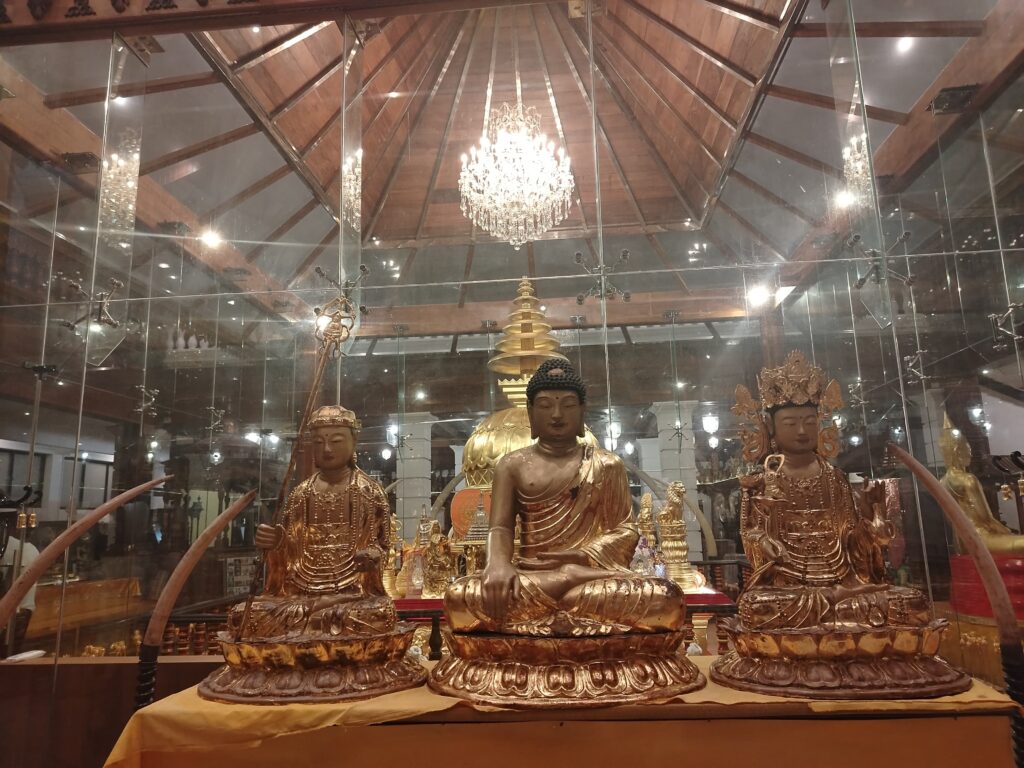
The museum also has artifacts from different countries, including Thailand, China, and India, to discuss the global relationships and influences that have helped shape the development of the temple. The presence of such a large collection in the temple indicates the importance of the temple as a cultural center that preserves not just local but regional Buddhist heritage.
Secondly, tourists are also able to see a variety of religious products, such as offerings, prayer beads, ritual objects, and Sri Lankan traditional masks, all of which have cultural and religious importance.
Tourist Attraction and Visitor Experience
Gangaramaya Temple is one of the most popular destinations in Colombo, with people from all parts of the world visiting the temple. Its historical and cultural significance, as well as its beauty in terms of architecture, is a destination that one should never miss when visiting Sri Lanka. The temple offers visitors an insight into the country’s Buddhist way of life, and one has the freedom to roam around the temple grounds, participate in prayers, and in interactions with the monks.
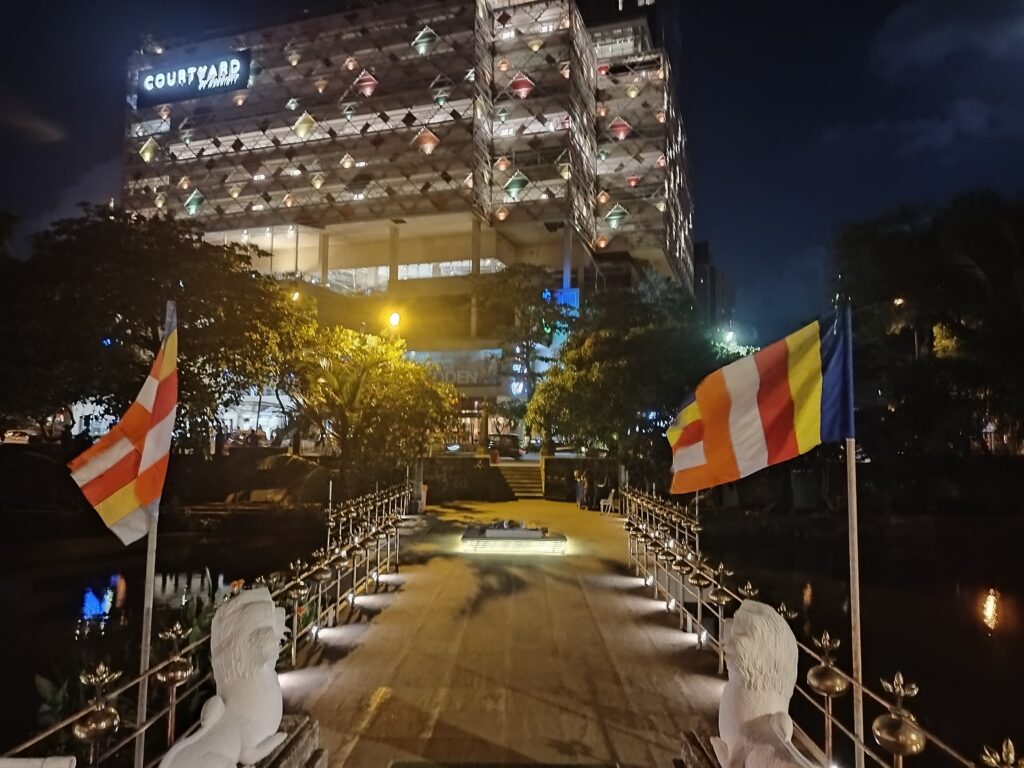
For tourists, the temple is a serene oasis amidst the bustling city life. Guests are asked to dress modestly and respectfully when entering the temple complex as it is a place of worship. Guided tours are available for those interested in learning about the temple’s history, its architecture, and cultural significance.

Preservation and Modernization
Like all historic religious structures, Gangaramaya Temple has wrestled between maintaining its ancient traditions and the need for modernization. The temple has expanded over the years to accommodate the rising number of pilgrims and to provide more facilities to devotees. Despite this, efforts have been made to preserve the temple’s historic character by maintaining the original structures while adding new facilities.
Gangaramaya Temple is not just a religious building; it is a symbol of Sri Lanka’s rich cultural heritage and religious traditions. The cultural significance, rich history, and unique architecture of the temple make it one of the most important landmarks in Colombo. It is not only a center of Buddhist worship but also serves as an educational center, for community outreach, and for preserving culture. Whether you are a practicing Buddhist or a curious visitor, a trip to Gangaramaya Temple is a rich and enriching experience that introduces you to Sri Lanka’s spiritual and cultural heart.
By Taxi or Tuk-Tuk
Hiring a taxi or tuk-tuk is one of the most convenient ways to reach Gangaramaya Temple. From Colombo Fort, the temple is approximately 3 km away, and the journey typically takes about 10–15 minutes, depending on traffic conditions. Tuk-tuk fares range from LKR 150–300, while taxi fares are approximately LKR 300–500 .
By Bus
Public buses are an affordable option. From major bus stations like Colombo Fort, Pettah, or Bastian Mawatha, you can board a bus heading towards Slave Island or Kollupitiya. Alight at the Slave Island or Kollupitiya bus stops, which are about 1 km from the temple. The bus fare is around LKR 20–30
By Train
The nearest railway station to Gangaramaya Temple is Slave Island Railway Station, approximately 1.5 km away. From Colombo Fort Railway Station, you can take a train to Slave Island Station. Train fares range from LKR 10–20 . From the station, you can walk or take a tuk-tuk to the temple.
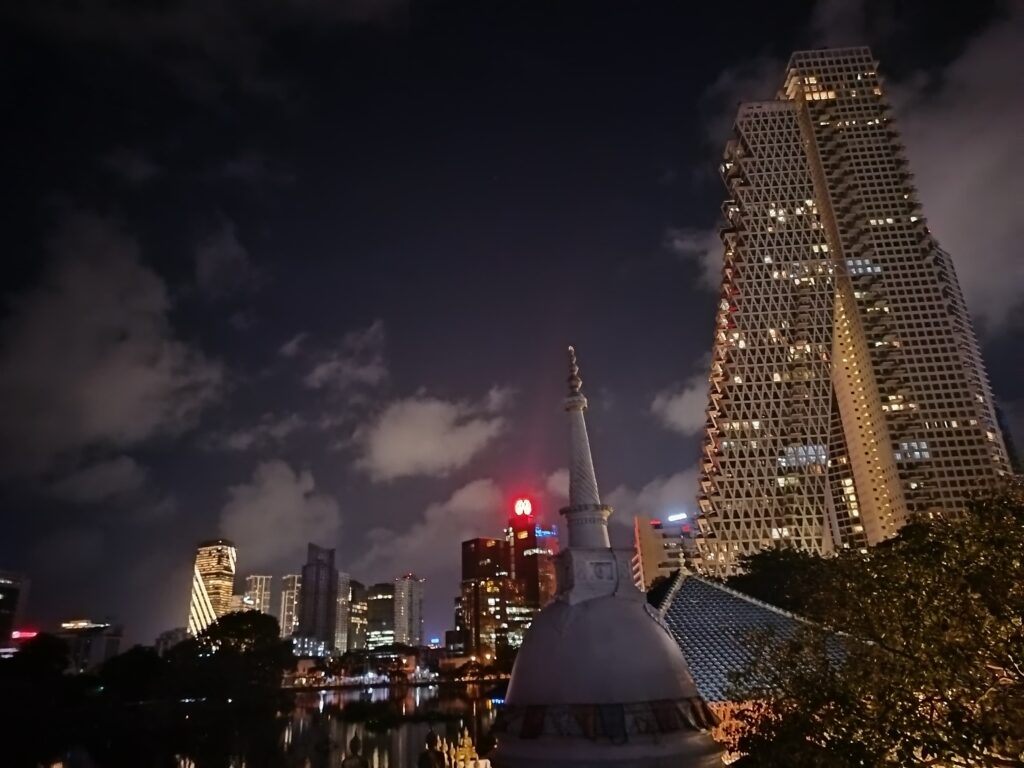
From Bandaranaike International Airport
If you’re arriving at Bandaranaike International Airport, approximately 35 km from the temple, you have several options:
- Express Bus: The express bus from the airport to Colombo takes about an hour, with a fare of approximately LKR 200–250. The last bus departs at 8:30 PM, so plan accordingly
Taxi: A taxi ride from the airport to the temple takes about 45 minutes, with a fare ranging from LKR 5,000–6,000 .
Visitor Information
- Address: 61 Sri Jinarathana Road, Colombo 2, Sri Lanka.
- Opening Hours: Daily from 6:00 AM to 10:00 PM
- Museum Hours: 6:00 AM to 6:00 PM
- Entry Fee: Free; donations are welcome. A small fee (approximately LKR 100) may apply for museum entry .
- Dress Code: Modest attire is required. Cover shoulders and knees, and remove shoes before entering temple halls.
Map of Gangaramaya Temple
